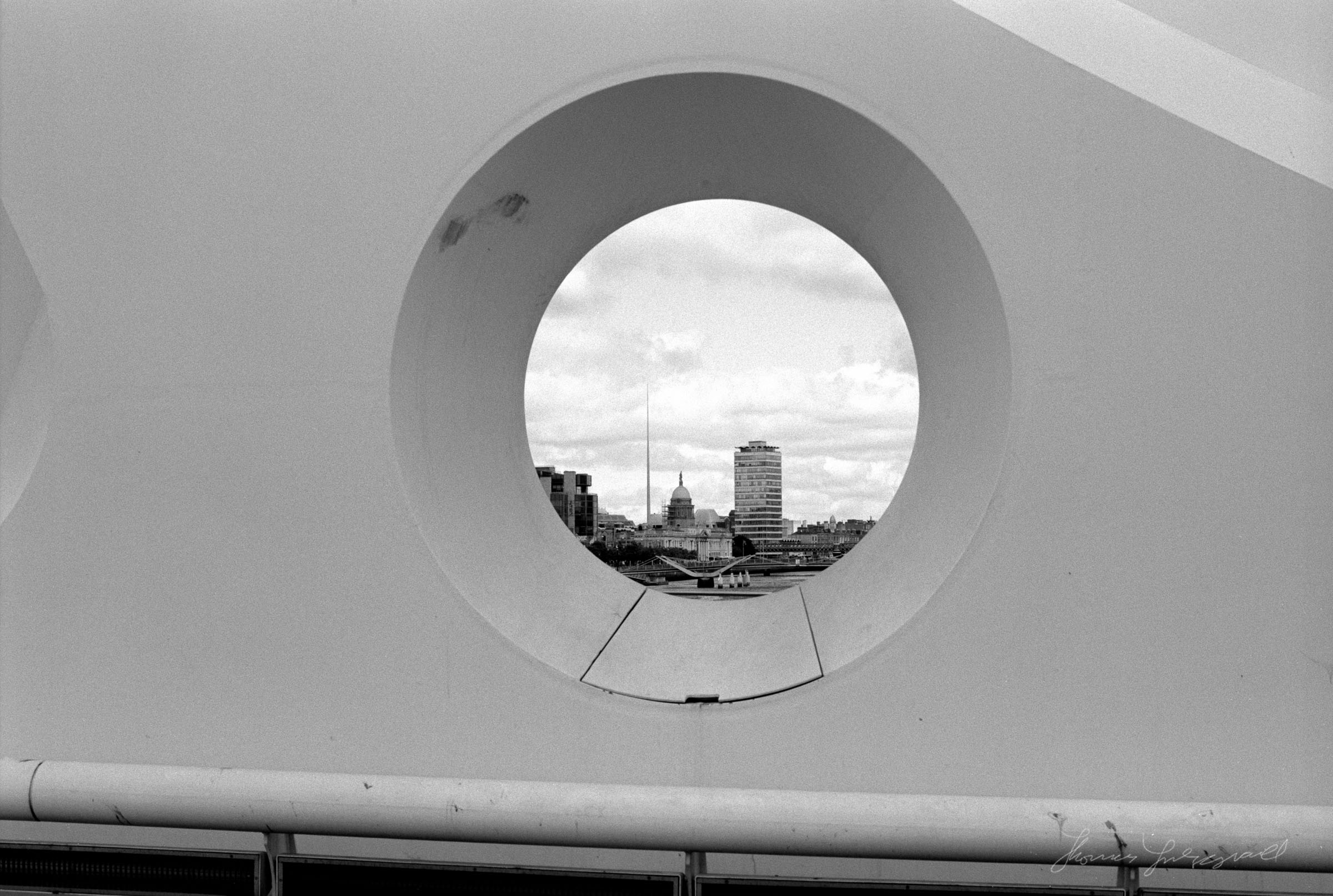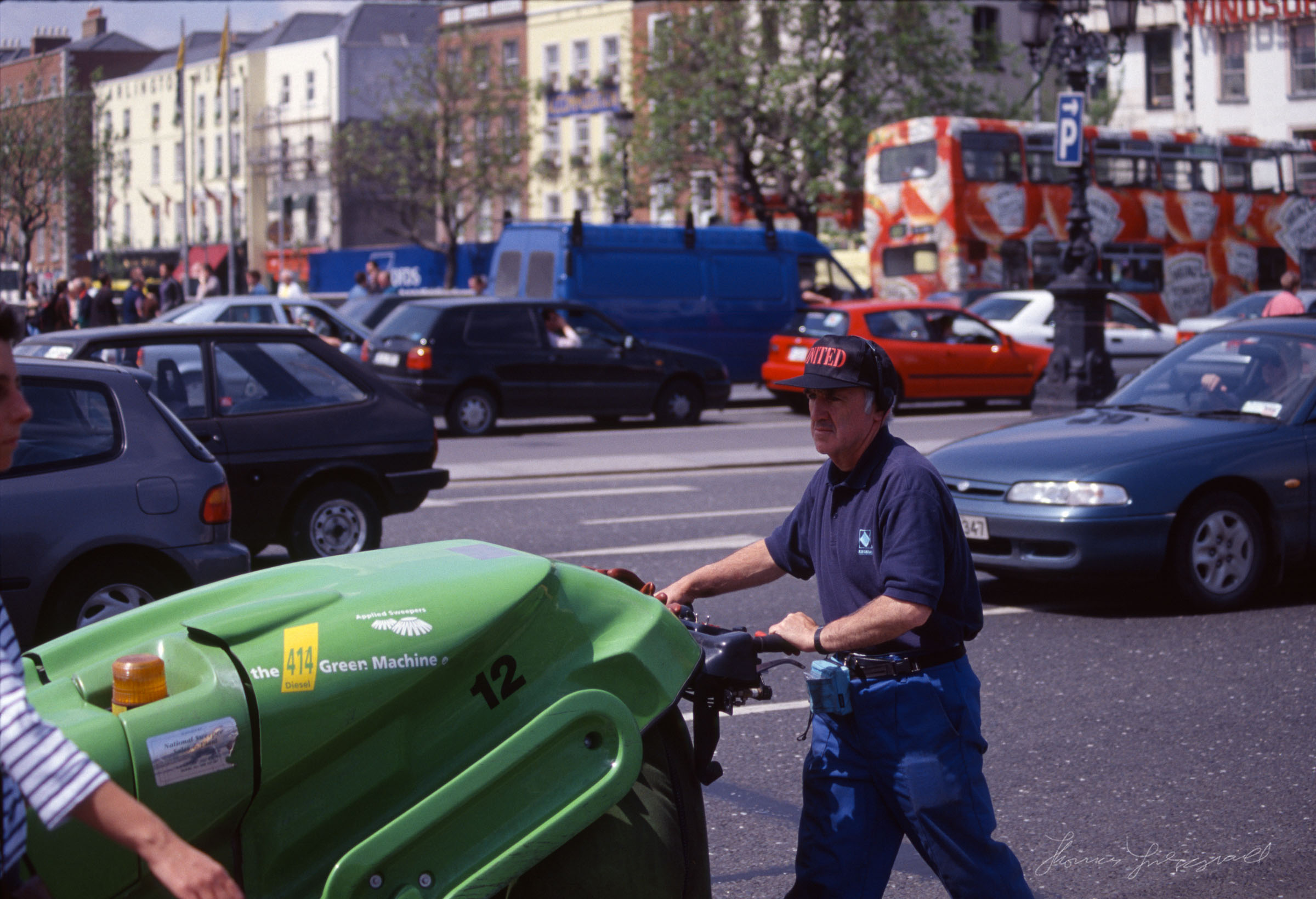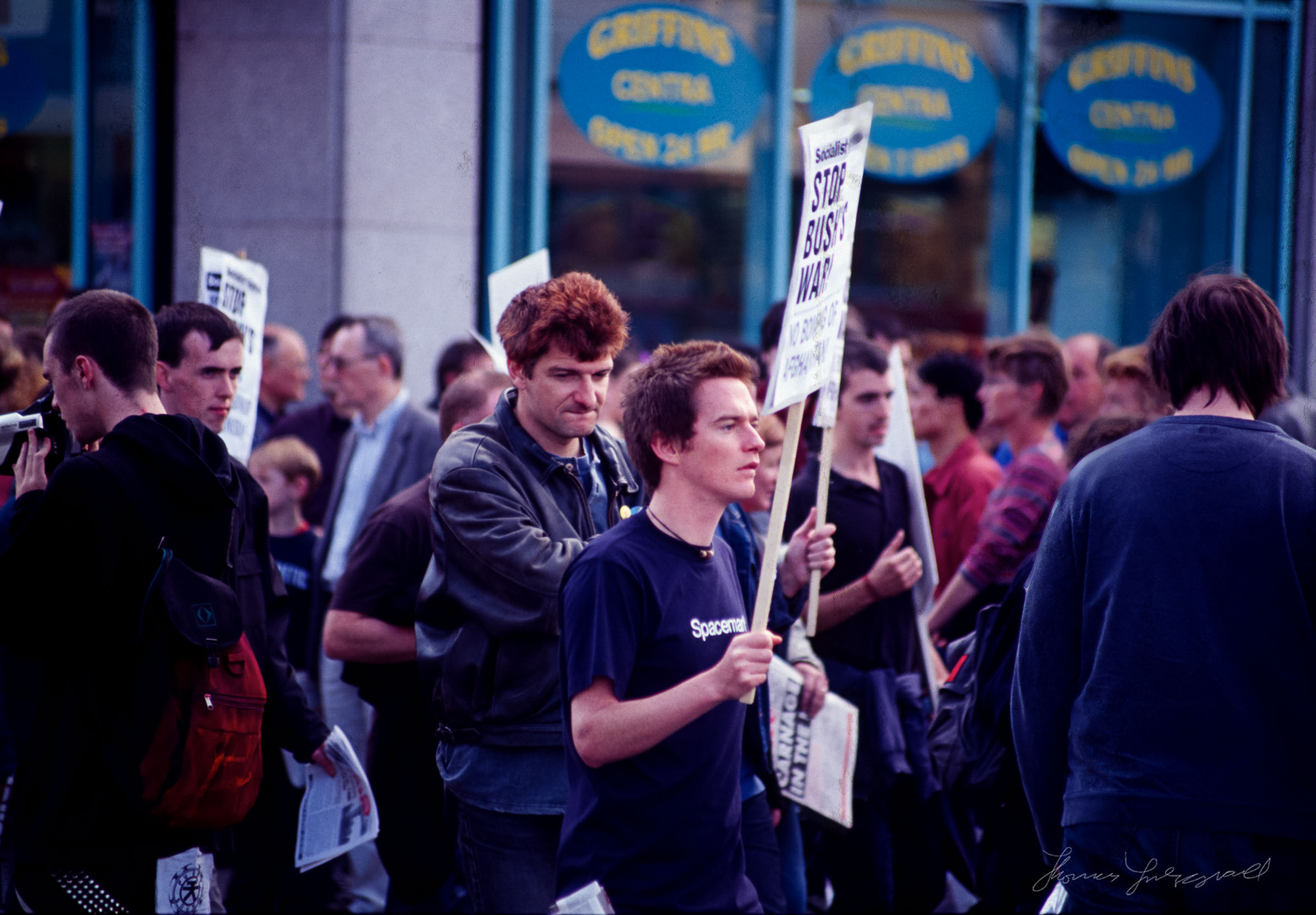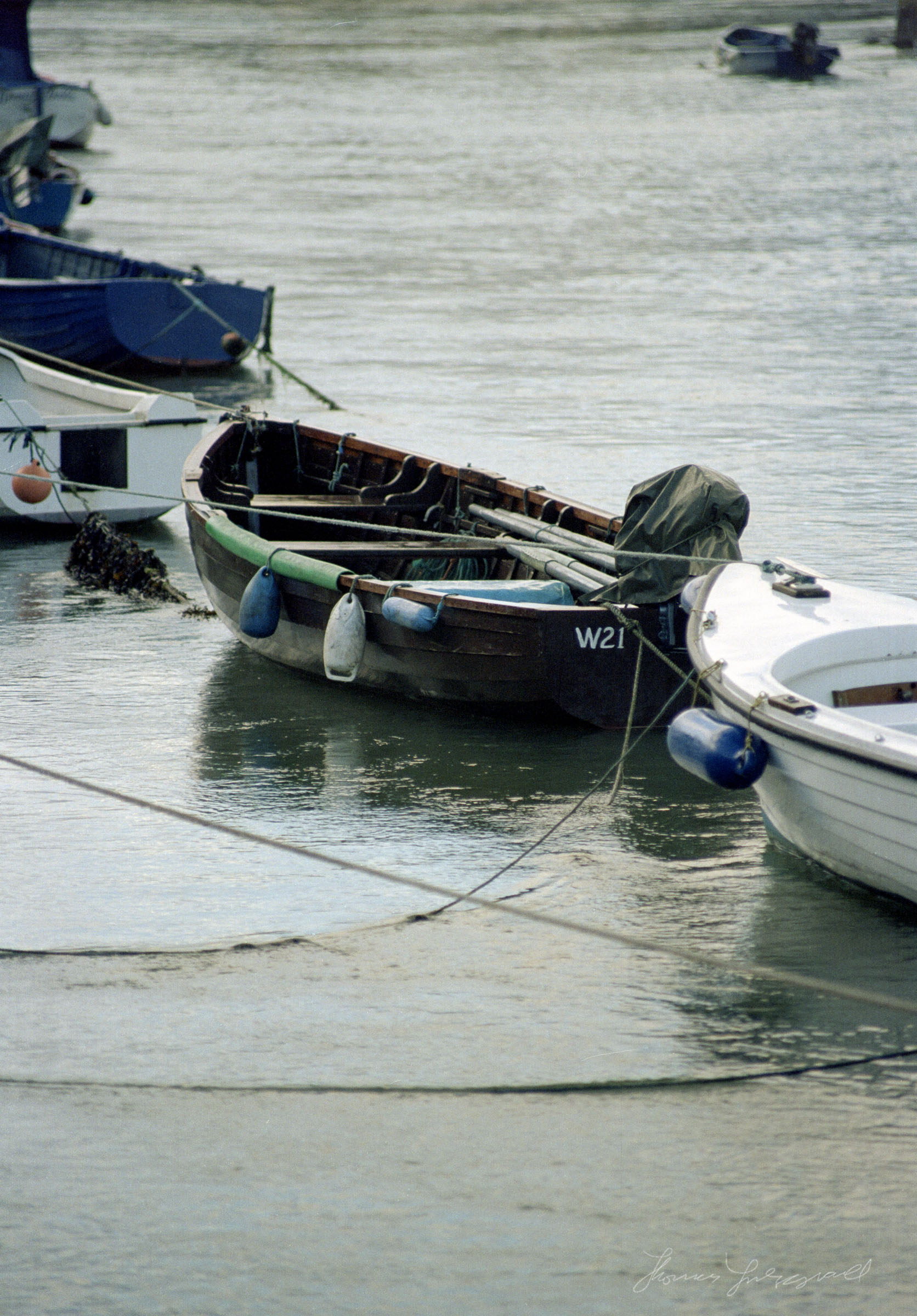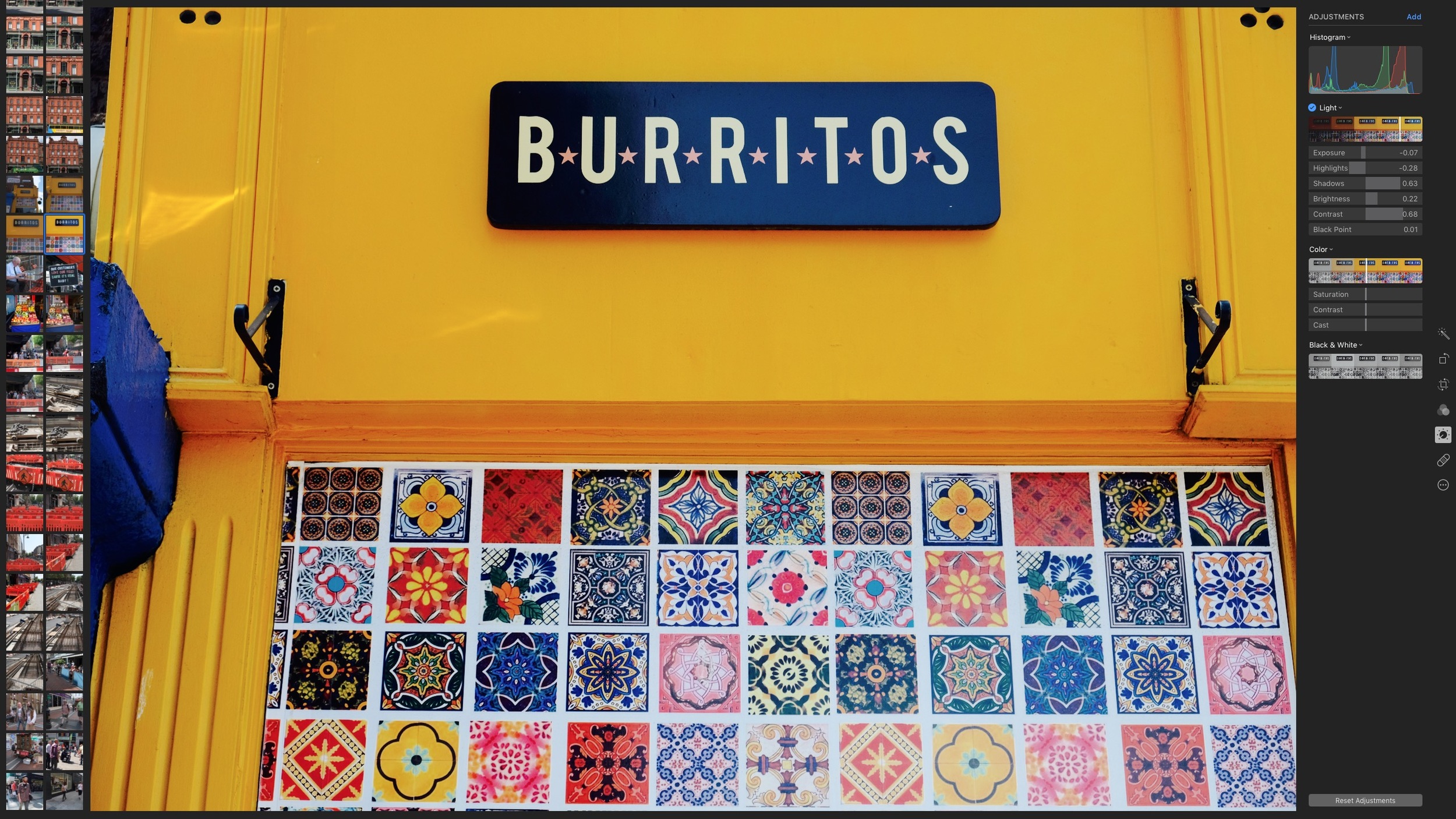Dusting off my old Film Scanner
One of my all time Favourite shots, Taken in 1998, Fuji Neopan 400
After being without it for a while, I finally managed to get my trusty old film scanner back out of storage recently. I had been thinking about shooting more film lately, but I had been kind of disappointed with the results that I was getting. I had put my film scanner in storage some years ago when I had moved house, so I was relying on scans from the Lab. Lab scans done at the time of processing are very poor, especially compared to a dedicated film scanner. So, before I gave up on the project, I wanted to remind myself of what a good quality scan could be like, so I retrieved my old film scanner and I think the results will speak for themselves.
Before I get to that, a little history. My very first job in the professional photography field was as an assistant for a photographer, and my job was primarily involved with scanning film. We were using a ten state of the art system for printing images digitally, (Fuji Pictrography) and I had to scan the slides and negatives for the photographer, and clients. I also had to clean the finished images and prepare them for printing. The scanner we used at the time was a Nikon Coolscan. I can’t remember the exact version. It was the one that accepted medium format film.
When I got my own scanner, I went with the Canon FS4000US, which at the time was expensive, but still much cheaper than the nikon ones. That was about 20 years ago, and amazingly the scanner still works today. To give you an idea of how old it is, it uses Ultra SCSI as it’s primary interface. Luckily it also has, a (at the time brand new,) USB 1 port! The scanner software itself has long since stopped being updated, and it only ever worked with MacOS 9. However, the excellent VueScan has supported it and so I can still use it today.
I still have lots of film lying around from back when I primarily shot film. With that and some of the photos I’ve recently shot, I set about scanning in some film. I picked some different sources, and so there’s a range of Slide Film, Colour Negative and Black and White negatives.
I had forgotten what a long winded process it is. For a start, my scanner is extremely slow. It takes about 5 minutes to scan a single image, which is understandable, given that it’s 20 years old and only has USB 1. Then once you’ve finished scanning you need to clean up the image, which can take a long time, depending on how dirty the scan is.
My scanner does have a clever trick for cleaning the scan itself. It uses an extra infrared pass to detect dirt and then uses this as a mask to automatically clean the scan. This only works for small amounts of dust and dirt, and doesn’t work on black and white negatives (as infrared won’t pass through whatever black and white negatives are made of). Some of my older film is in a bad way, as it hasn’t been stored particularly well (My own fault). Even so, I’m impressed with the quality of the scans given, I don’t think I knew what Iw as doing half the time all those years ago.
I think that many of the people shooting film for the first time now may have never used a proper film scanner. The results are much better than you’ll get from a lab, and definitely better than you’ll get from a flatbed scanner. You can still buy them today, and they’re not nearly as expensive as they used to be. If I decide to get back into film a bit more, I’ll certainly get a newer model. This is good, but it’s too slow to be practical. Anyway, in the mean time, here are a selection of scans that I’ve done. Some are recent images, while others are from a long time ago. Wherever possible I’ll not the film type below.
The above images are fairly recent photos. Taken with Fuji Neopan Acros on my old Yashica FX-D
These shots (above) are 15-20 years old, and are taken wit Kodak Elite Chrome on a Canon Eos 5
Some old Kodak Portra 160VC. I'm not sure how old these are, but I remember that Portra was pretty new at the time
Help Support the Blog
All of the work I do here, and the information on this blog is done entirely free of charge and takes up quite a bit of work. I want to spend more and more time on this blog, and offer more and more of this kind of information, tips and so on, so If you like what I'm doing here and want to show support, then you can do so by buying something from my Digital Download Store. I have Lightroom Presets, and e-books all available for download.
If you're a Fuji X-Trans shooter and Lightroom user, check out my guide to post processing X-Trans files in Lightroom. I also have a guides for processing X-Trans files in Capture One and Iridient Developer.
If you want to get regular updates, and notices of occasional special offers, and discounts from my store, then please sign up for the Newsletter.






